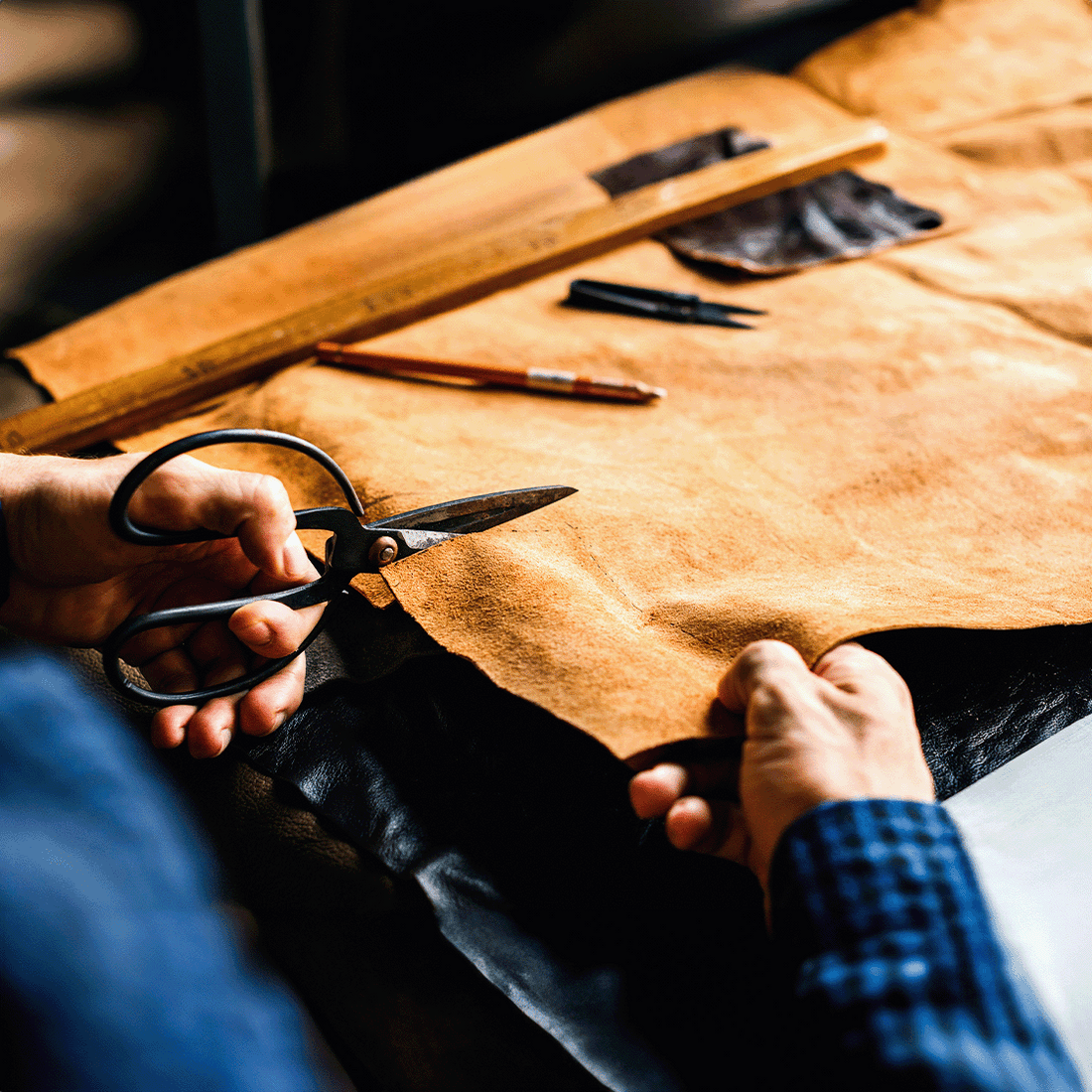
Leather Processing and Preparation Stages: An In-Depth Review
Share
Leatherworking is an area that requires both artistic and technical skills. The processing and preparation stages of leather are critical steps that determine the product's quality, durability, and aesthetic value. In this article, we will comprehensively examine the details of the leather processing stages and preparation phases.
- Selection and Cleaning of Raw Leather
The leather processing process begins with the selection of high-quality raw leather. At our firm, we use special calf leather; this type of leather offers excellent characteristics in terms of flexibility and durability. Raw leather is sourced fresh and clean. The cleaning process aims to remove meat and fat residues from the leather using mechanical and chemical methods. This process makes the leather suitable for processing and preserves the quality of the raw leather.
- Salting and Preservation
The cleaned leather undergoes the salting process. Salting is a critical step to prevent the leather from deteriorating and to ensure its long-lasting durability. The salting process is done using chemical salts, which prevent the leather from deteriorating due to microorganisms. It also helps maintain the structure of the leather and increases its resistance to acidic and alkaline environments.
- Cracking and Shaping
After the salting process, the leather moves to the cracking and shaping stage. Cracking increases the flexibility of the leather and makes it easier to process. Various techniques are used at this stage to ensure the leather takes shape without disturbing its natural structure. The shaping process ensures that the leather retains its desired form and prepares it for the subsequent stages.
- Coloring and Surface Treatments
The leather then moves to the coloring stage. Coloring is done to enhance the aesthetic properties of the leather and make it suitable for different applications. The leather is colored using natural or dyes, and the quality of the dyes used at this stage affects the final appearance of the leather. Surface treatments give the leather a smooth and even surface. These treatments include sanding, polishing, and coating. Surface treatments enhance the leather’s aesthetic value and ensure the durability of the product.
- Quality Control and Packaging
Processed leather does not get packaged without going through quality control. The quality control process verifies that the leather meets all standards and is free from defects. This stage evaluates the aesthetic